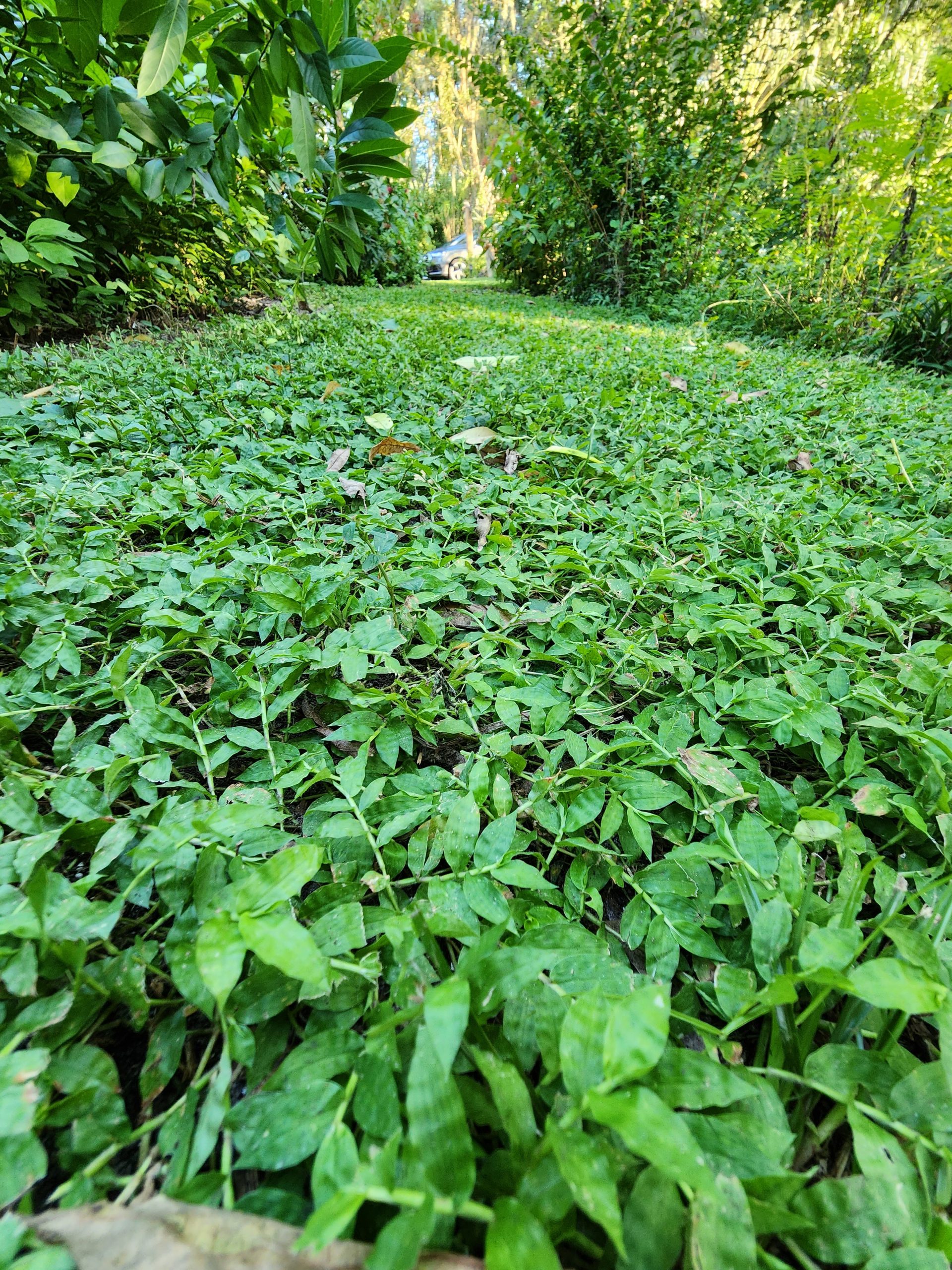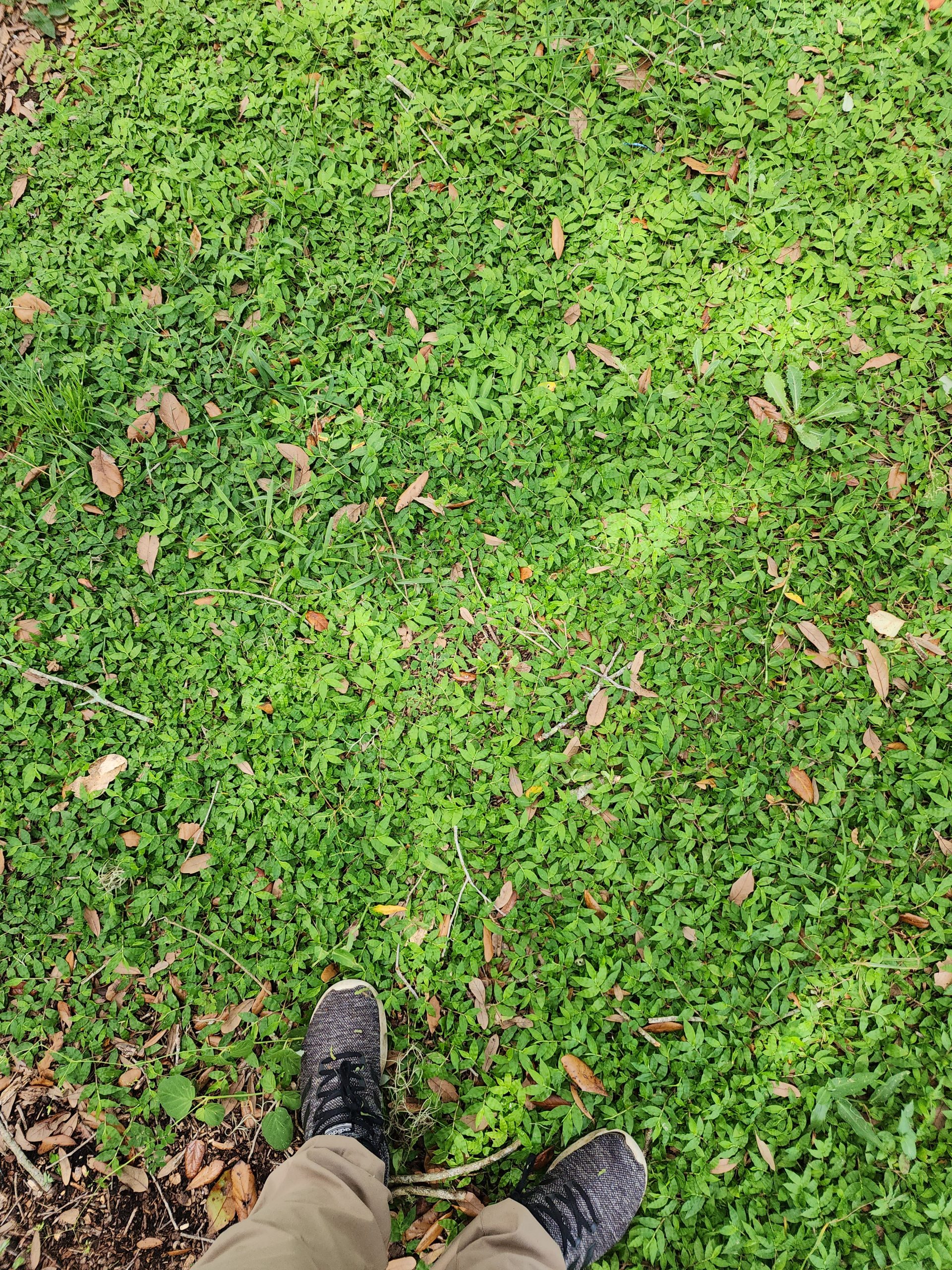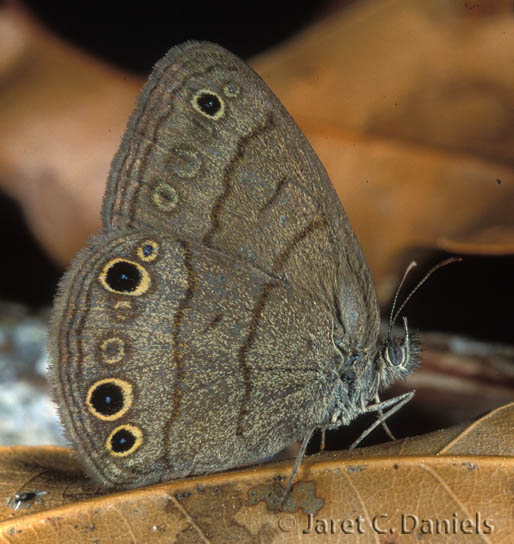Welcome to our Lawn Ornament blog series, where we explore one of the plethora of micro-plants that can help create a biodiverse, predominantly green, yet also delightfully colorful lawn that requires much less maintenance than a traditional grass lawn.
Many homeowners find it difficult and costly to maintain a “traditional” lawn, one largely dominated by a single grass cultivar. Embracing a biodiverse landscape can ease the frustration and save money, with the added bonus of providing ecological benefits. This “Lawn Ornament” series will provide a road map to that goal. Along the way, we’ll showcase volunteer “weeds” and commercially available ground covers that can improve upon the biodiversity of our lawns. And, we’ll offer you tips and techniques to adopt and embrace this biodiverse approach. Breaking free from tradition, we can transform yards and neighborhoods to vibrant, beautiful mixed-mowable ecosystems.
Make sure to check out the Starter Guide: Embracing Lawn Ornaments: A Starter Guide

Don’t Turn Into a Basket Case… Embrace Basketgrass!
Florida is home to a plethora of plants, both native and non-native. Among these plants are several species of basketgrass, belonging to the genus Oplismenus. In this blog post, we’ll embark on a journey to discover these charming grass-like plants that thrive in the shady spots of our lawn. They grow where little else will, and their lush seasonal display, peaking in the fall, is something we think deserves some appreciation.
Native Basketgrass Species:
- Bristle Basketgrass (Oplismenus setarius):
- Native to Florida and the southeastern United States.
- Characterized by its yellow-green, finely textured leaves.
- Thrives in shaded areas; often found near water bodies and in moist, shaded woodlands.
- Provides essential ground cover in natural ecosystems, helping to reduce soil erosion and create habitat for wildlife.
- Larval host plant for the Carolina satyr (Hermeuptychia sosbius) butterfly.
Non-Native Basketgrass Species:
- Burmann’s Basketgrass (Oplismenus burmanni):
- Introduced to Florida from native range of Africa, Asia, and Australia.
- Features wavy, and glossy leaves.
- While not considered invasive, this plant shouldn’t be spread for ornamental use. Our native version fills the same niche.
- Hairy Basketgrass (Oplismenus hirtellus):
- Introduced to Florida from its native range of the pantropics.
- Features slender, hairy leaves.
- While not considered invasive, this plant shouldn’t be spread for ornamental use. Our native version fills the same niche.

What should you do?
Basketgrass, both native and non-native species, offers an excellent alternative for shady areas where our sun-loving traditional grasses struggle to thrive. This competitiveness should be embraced not combatted, in my opinion, as our traditional turfgrasses are not the right plant for these shady places. In a heavily shaded backyard, these turfgrass-like plants will create a lush, green, ground cover. In the fall, these plants reach their peak, transforming deep-shade areas into attractive, green carpets. Unfortunately, this lushness is largely seasonal, and the plants die off in the coldest months of the year. It does readily reseed and will be back by late spring.
You should try introducing the native species into your landscape where it is the right plant for the right place. This will increase the biodiversity of your landscape and help provide a food source for the Carolina satyr butterfly.
The non-native species have not been recorded causing any ecological damage. In my opinion, then, eradicating them is not an effort I believe in using herbicide on. But the non-natives species are also plants I would not recommend spreading or buying. Our native version is visually the same while also being a valuable butterfly host plant.
Conclusion

Florida’s basketgrass species, both native and non-native, offer an intriguing alternative for shade-loving ground cover. While it’s essential to be mindful of potential invasiveness, these plants can provide aesthetic value and ecological benefits when used in the right context. By embracing the unique attributes of basketgrass and understanding its seasonal beauty, you can enhance your landscaping while also contributing to the biodiversity of your landscape.
So, the next time you’re in search of a turf alternative for those challenging shady areas, consider welcoming the native basketgrass into your landscape—it’s a green carpet that thrives where little else will grow. Or, if you already have it volunteering in your landscape, skip the herbicide and appreciate that it can thrive where nothing else can.
Resources
- https://blogs.ifas.ufl.edu/putnamco/2021/09/28/basketgrass-foe-or-friend/
- https://www.fnps.org/plant/oplismenus-setarius
- https://www.regionalconservation.org/beta/nfyn/plantdetail.asp?tx=Oplihirtseta
- https://florida.plantatlas.usf.edu/Genus.aspx?id=867
- https://powo.science.kew.org/taxon/urn:lsid:ipni.org:names:329520-2#children
- https://blogs.ifas.ufl.edu/hillsboroughco/2021/12/31/managing-basketgrass/
- https://blogs.ifas.ufl.edu/polkco/2018/09/28/basketgrass-a-common-landscape-weed/
During the preparation of this work, the author used ChatGPT to help build the blog post. After using this tool/service, the author reviewed and edited the content, and takes full responsibility for the content of the publication.
Source: UF/IFAS Pest Alert
Note: All images and contents are the property of UF/IFAS.



